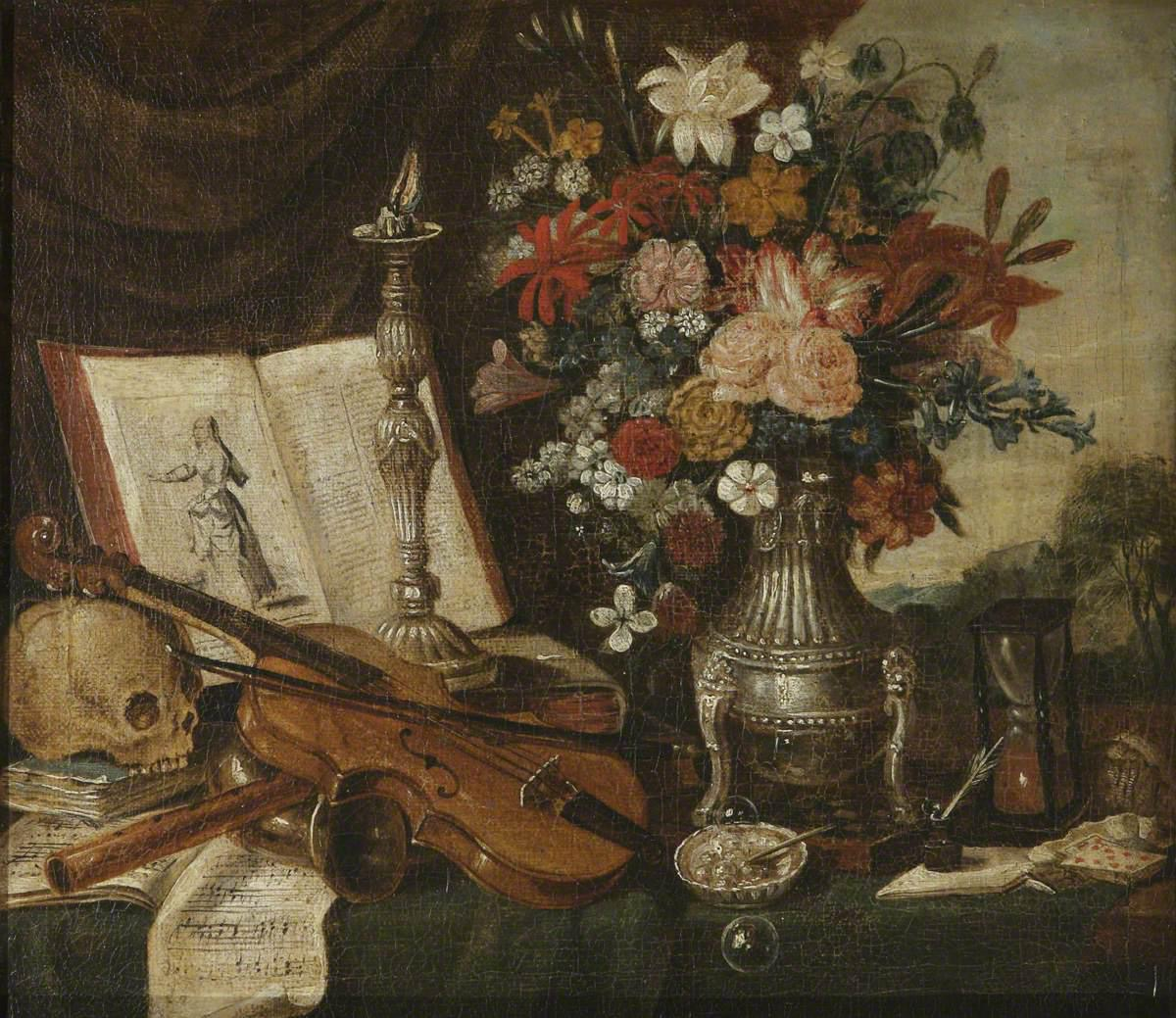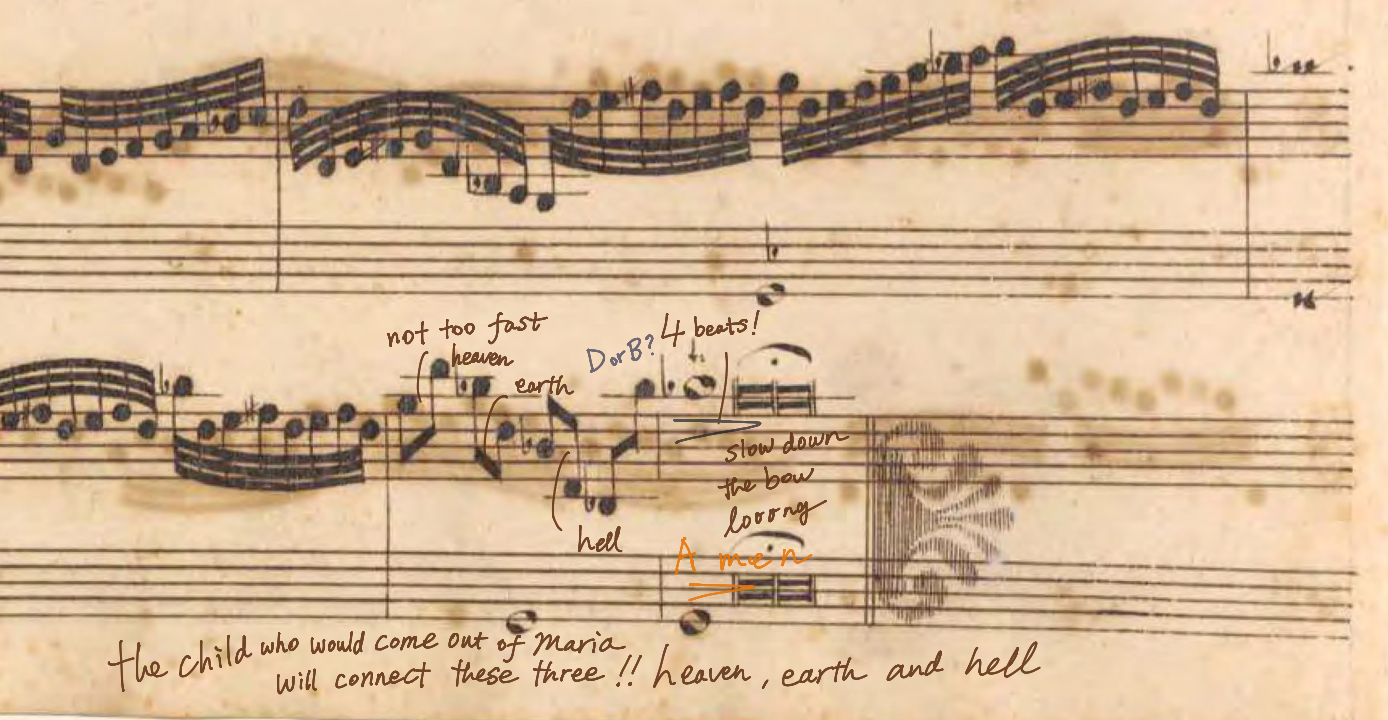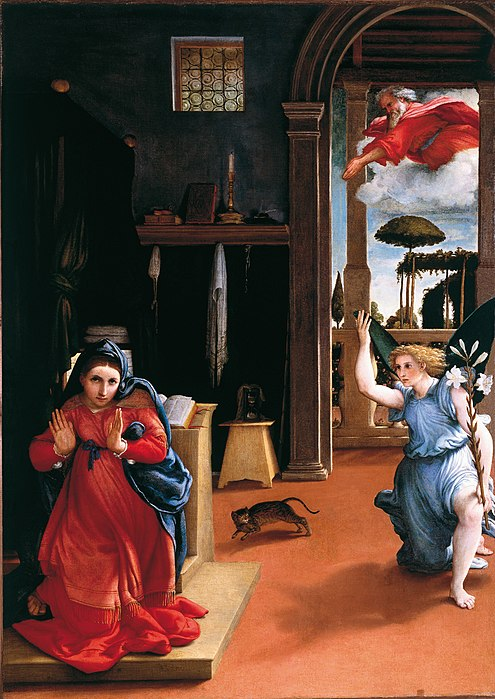Introduction and motivation:
One of the reasons I was drawn to Baroque music was my encounter with the world of allegory and symbolism.
During the lockdown, I was fortunate to have an online lesson with my dear violin professor, Ryo Terakado. In that lesson, I played Bach’s Sonata for Violin and Basso Continuo in E Minor, BWV 1023. When we reached the second movement, Adagio ma non tanto, Ryo paused and asked me, “Do you know about ‘Vanitas’?”
He explained that in old paintings, objects such as fruits, skulls, and musical instruments often carry a symbolic messages—reminding us that nothing is eternal. Everything rots, fades, or dies, and it is precisely this transience that makes them beautiful. In music, this idea can be expressed through messa di voce, slurs, harmonic hierarchies, inégales, inflections, and other subtle nuances.
This perspective we believe from the 16th and 17th centuries struck me deeply. It inspired me to explore further how common knowledge and allegorical ideas of that era were woven into art and, more specifically, how composers translated these philosophical concepts into their music.


